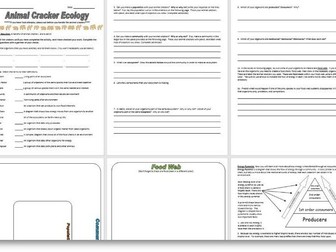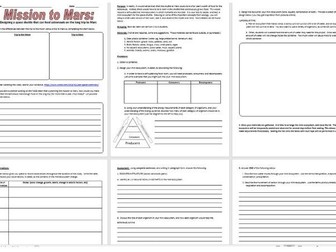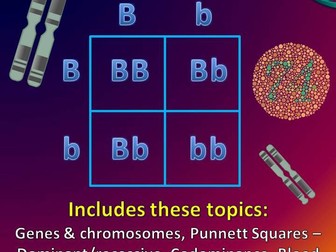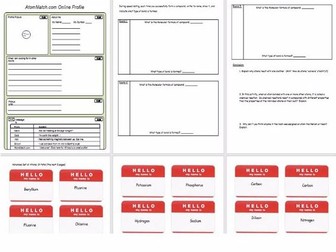Evidence For Evolution Lab: Students Examine Various Lines of Evidence at Stations
<p>This station lab is aligned to the Next Generation Science Standards (NGSS). Students examine six lines of evidence for evolution (Fossils, DNA evidence, Embryology, homology, vestigial structures, and Divergent/convergent evolution) at different stations. Students can start at any of the stations, which are designed for students to work through as a group.</p>
<p>The entire lab can be done with these basic materials:</p>
<p>String and ruler</p>
<p>These additional materials are not necessary, but enhance the students’ experience:</p>
<p>ancient hominid skulls (human skull, ancient hominid skull(s), human skeleton, animal skeletons).</p>
<p>Time Frame: This lab often takes two full classes. It can take longer, depending upon how you approach it.</p>
<p>Details Below:</p>
<p>A. NEXT GENERATION SCIENCE STANDARDS HEREIN<br />
DCI’s: LS4: Biological Evolution: Unity and Diversity</p>
<p>Cross Cutting Concepts: Patterns, Cause and Effect, Scale, Proportion and Quantity, Structure and Function, Stability and Change</p>
<p>Scientific and Engineering Practices:<br />
Analyzing and Interpreting data, Constructing Explanations and Designing Solutions, Engaging in Arguments from evidence, Using Mathematical Thinking, Obtaining, Evaluating, and Communicating Information</p>
<p>B. SUGGESTED USES</p>
<p>Prior Knowledge: This can be used as an introduction to evolution, but more often I use it after I’ve taught how evolution by natural selection works, so that students may use the concepts they learned to write well-developed responses.</p>
<p>Materials and Setup: See above for materials, and optional materials. The other materials are included in the bottom of the lab. There is some basic cutting out, and stapling/gluing paper flaps onto paper, which is described simply, and included in the download. The materials are reusable, and after the initial cutting and gluing, the setup takes about 10-15 minutes.</p>
<p>Implementing the Lesson:</p>
<p>Since this station lab is designed for students to work through as an autonomous group, there isn’t much detail in implementing the lesson. I recommend reading through the answers so that, as you circulate the room while students work, you may guide them in the right direction.</p>
<p>I usually supplement this lab with some formal notes/more examples after the lab is done.</p>
<p>Terms of Use<br />
• This packet is 1 classroom/teacher use only. Do not make copies or<br />
email it to your colleagues. This was designed by me and is for your<br />
personal (one user)use. You may<br />
not share it or claim it as your own. You may not redistribute it.<br />
• You are not permitted to use any part of this work to<br />
create products for sharing or selling.<br />
• You are permitted to share the cover image of the packet<br />
on your website when referring to it in a post, as long as<br />
you link back to my store.<br />
All rights reserved by author.</p>






